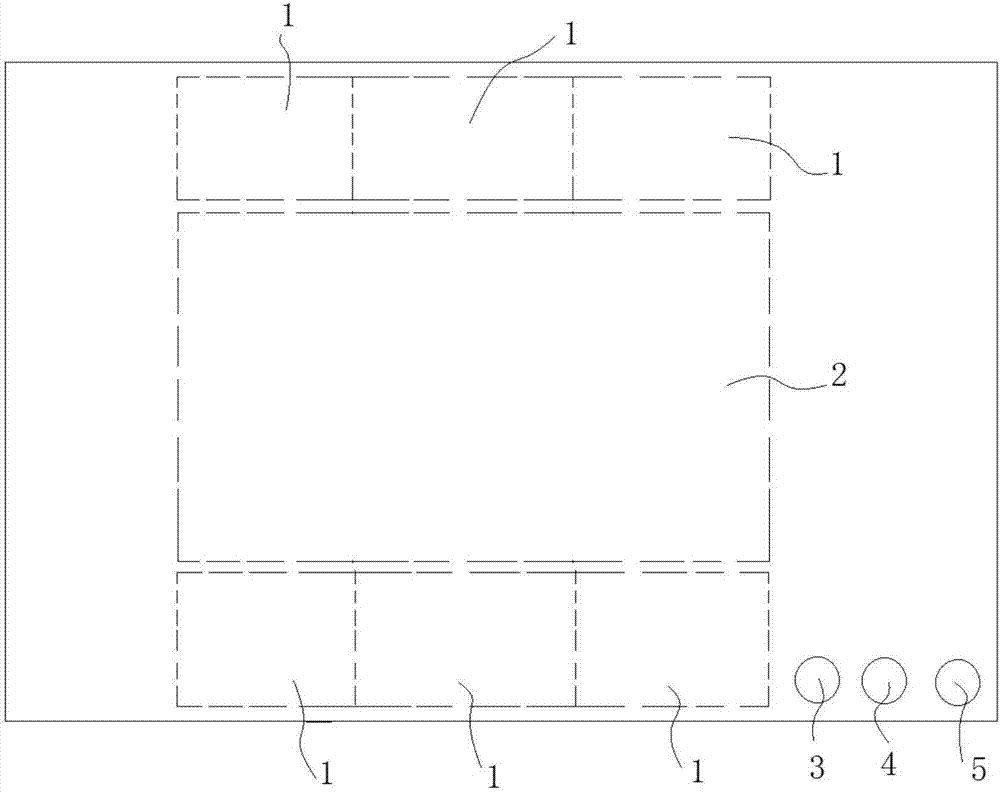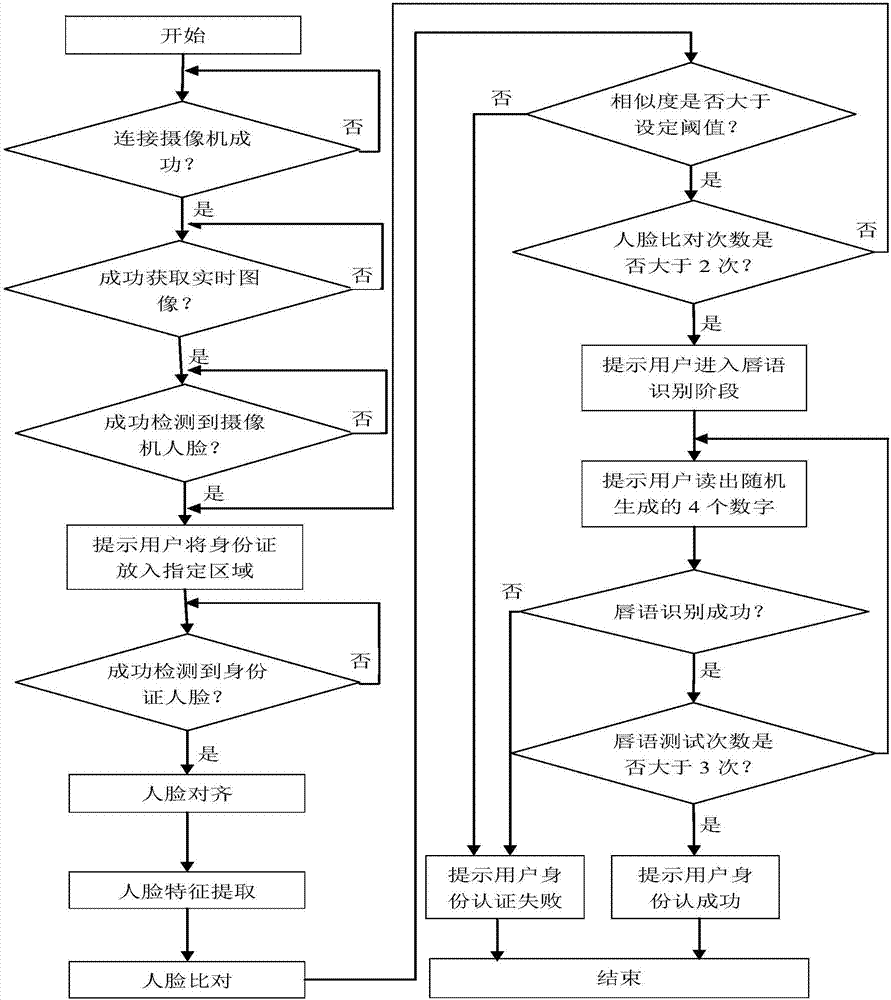Identity authentication system based on living body detection and face verification
A face verification and identity authentication technology, which is applied in the field of identity authentication system based on liveness detection and face verification, can solve the problems of limited application scenarios and no reference to verification methods of human certificates, etc., and achieve good detection effect and high accuracy High-speed face recognition and liveness detection, the effect of fast detection speed
- Summary
- Abstract
- Description
- Claims
- Application Information
AI Technical Summary
Problems solved by technology
Method used
Image
Examples
Embodiment Construction
[0028] The present invention will be described in further detail below in conjunction with the accompanying drawings and specific embodiments. It should be understood that the specific embodiments described here are only used to explain the present invention, not to limit the present invention.
[0029] Such as figure 1 As shown, an identity authentication system based on liveness detection and face verification, including:
[0030] The face verification module is used to compare the obtained face of the verified person with the face on the ID card to determine whether they match;
[0031] The lip language recognition verification module is used to prompt the verified person to read out the digital combination provided at random after the verification of the face verification module, and to judge whether the outer lip contour action of the verified person's lips in the camera area is consistent with the reading of the described The movement of the outer lip contour of the co...
PUM
 Login to View More
Login to View More Abstract
Description
Claims
Application Information
 Login to View More
Login to View More - R&D
- Intellectual Property
- Life Sciences
- Materials
- Tech Scout
- Unparalleled Data Quality
- Higher Quality Content
- 60% Fewer Hallucinations
Browse by: Latest US Patents, China's latest patents, Technical Efficacy Thesaurus, Application Domain, Technology Topic, Popular Technical Reports.
© 2025 PatSnap. All rights reserved.Legal|Privacy policy|Modern Slavery Act Transparency Statement|Sitemap|About US| Contact US: help@patsnap.com



